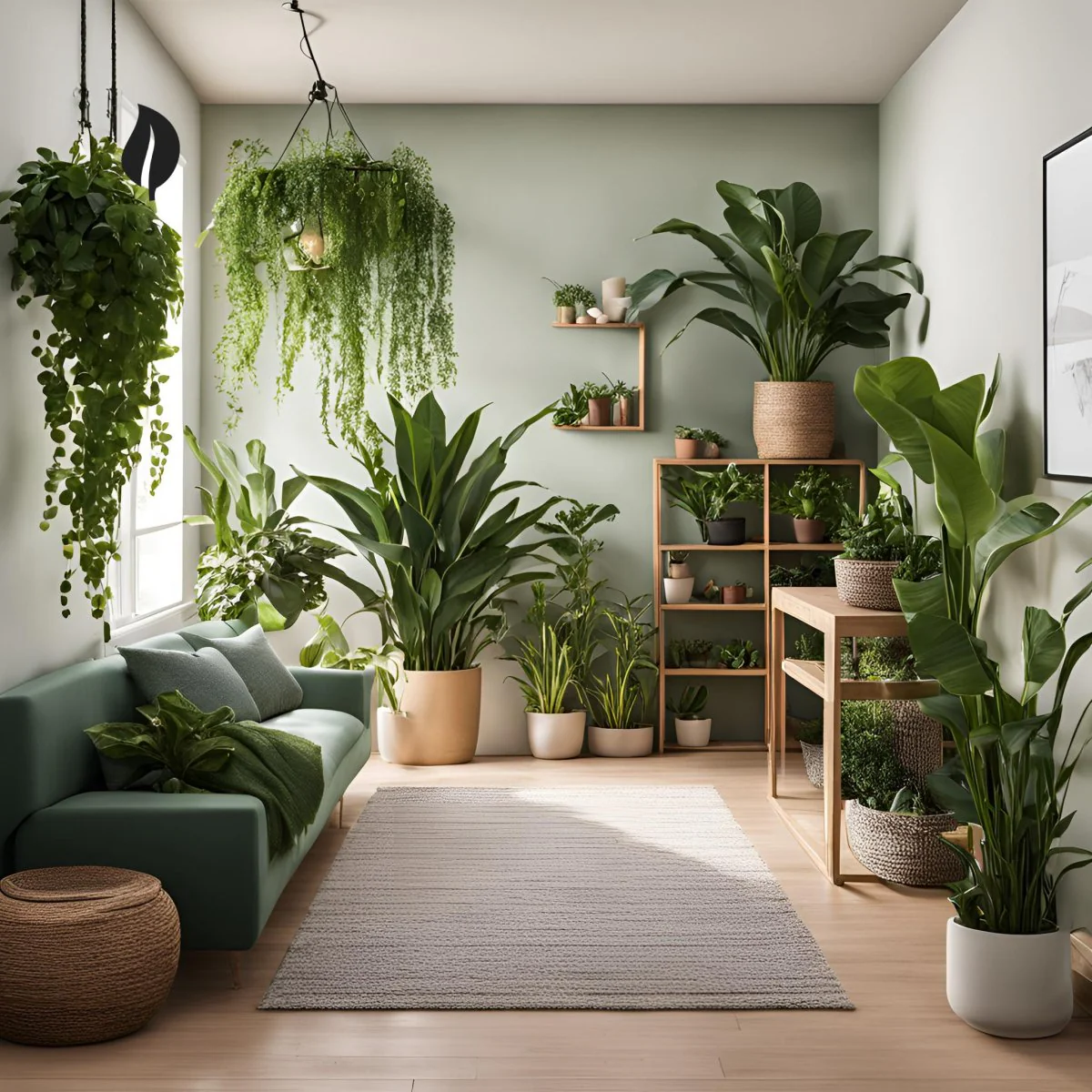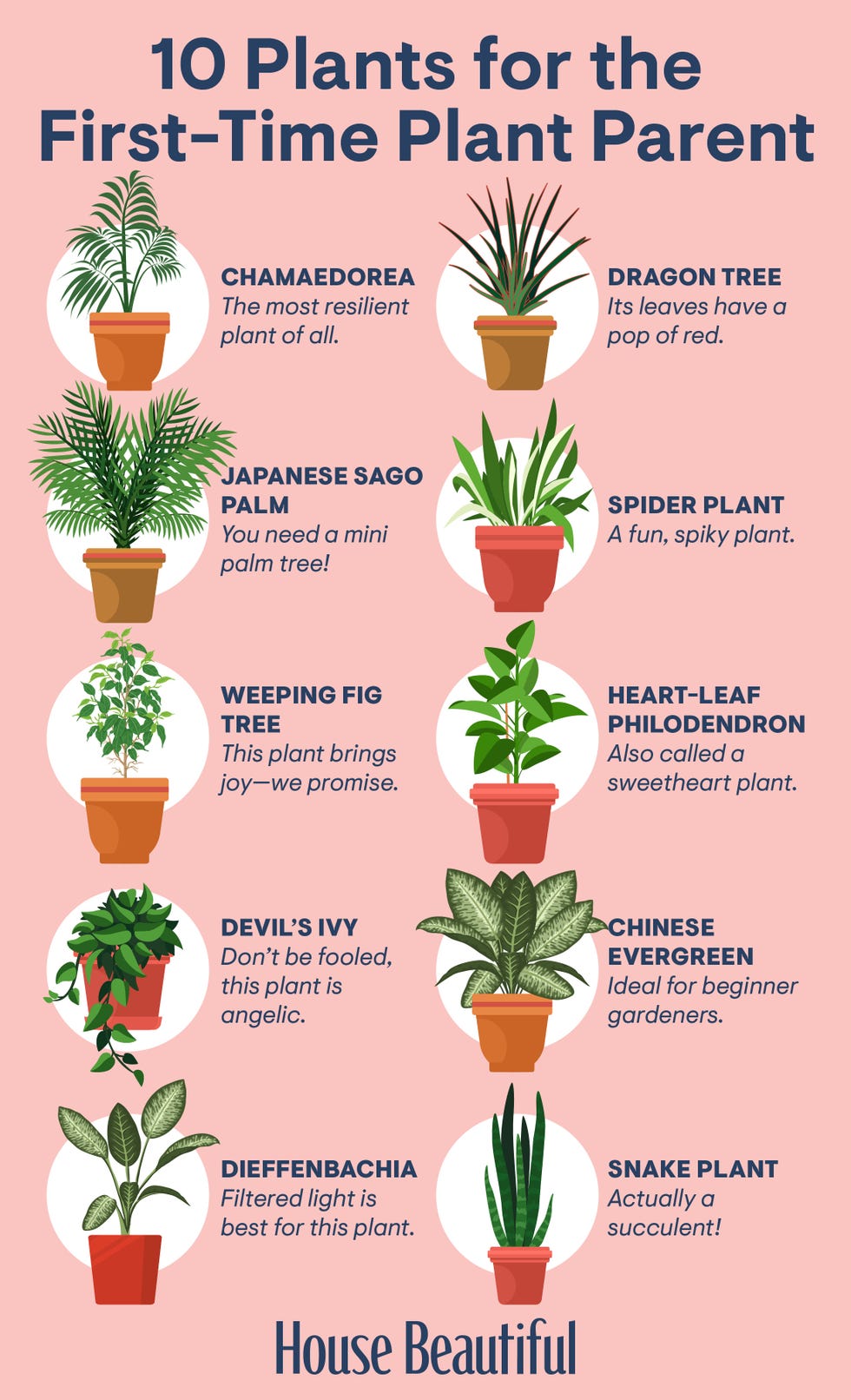Top 10 Best Low-Light Indoor Plants for Dark Rooms and Apartments
Top 10 Best Low-Light Indoor Plants for Dark Rooms and Apartments
Blog Article
Reveal the Keys of Low-Light Indoor Plants and Exactly How They Improve Your Environment
Low-light indoor plants have amassed enhancing focus for their special capacity to improve both visual allure and ecological quality within offices and homes. These resilient types, consisting of the Snake Plant and Peace Lily, not just prosper in difficult lighting problems yet additionally play a critical role in air filtration and emotional health.
Benefits of Low-Light Indoor Plants
Although several people presume that interior plants require plentiful sunshine to grow, low-light indoor plants provide a wide range of advantages that make them perfect for different settings. Among the primary benefits is their versatility; they can flourish in spaces with restricted natural light, such as offices, cellars, or rooms with tiny home windows. This feature permits people to enhance their environments with greenery, contributing to improved aesthetic appeals without the requirement for extensive lighting alterations.
Furthermore, low-light indoor plants can considerably enhance interior air high quality by launching and filtering system unsafe contaminants oxygen, making living rooms healthier. Study has actually revealed that particular selections can soak up toxins, hence advertising a cleaner atmosphere. Furthermore, they can boost mental wellness by minimizing stress and raising productivity. The existence of plants has actually been connected to higher feelings of harmony and emphasis.
Furthermore, low-light plants often call for much less maintenance than their sun-loving counterparts, making them excellent for hectic individuals or those brand-new to horticulture. Their strength allows them to love marginal treatment, therefore providing a gratifying experience for plant fanatics and newbies alike. In summary, low-light interior plants offer both useful and aesthetic functions, making them beneficial enhancements to any type of room.
Leading Low-Light Plant Varieties
Low-light indoor plants come in a variety of varieties, each offering one-of-a-kind attributes and advantages suited for dim settings. Among the most preferred selections is the Snake Plant (Sansevieria), known for its air-purifying capabilities and building leaves. This durable plant flourishes on neglect and can endure a variety of light problems.
One more exceptional option is the ZZ Plant (Zamioculcas zamiifolia), which features shiny, dark green fallen leaves and is very drought-tolerant. Its flexibility makes it a favorite for workplaces and homes with restricted sunlight.
The Pothos (Epipremnum aureum) is additionally a leading competitor, with its trailing creeping plants and heart-shaped fallen leaves - Best low-light indoor plants. This versatile plant can be educated to climb up or waterfall, adding visual interest to any type of space

Care Tips for Low-Light Plants
Looking after low-light interior plants needs a nuanced understanding of their particular needs to ensure ideal growth and vitality. It is vital to select the appropriate potting mix, as a well-draining soil is crucial to protect against root rot. A mix created for houseplants, commonly having peat moss and perlite, functions well for most low-light ranges.
Watering is an additional vital facet of care. Low-light plants generally call for less regular watering compared to their sun-loving equivalents.
Fertilization needs to be approached with caution. During the expanding season, a watered down fluid plant food can be applied monthly, yet in wintertime months, numerous low-light plants enter dormancy and require little to no fertilizing.
Lastly, it's important to regularly clean up the fallen leaves to remove dirt, allowing for far better light absorption. By sticking to these treatment ideas, you can grow a thriving atmosphere for your low-light indoor plants, boosting both their look and long life.
Enhancing Air Top Quality With Plants
Interior plants play a significant function in improving air high quality within homes and workplace. Through the process of photosynthesis, these plants take in carbon dioxide and launch oxygen, adding to a much healthier ambience. Additionally, specific low-light interior plants have the capability to filter hazardous toxins, such as benzene, formaldehyde, and trichloroethylene, which are commonly discovered in interior atmospheres.

In addition, the existence of indoor plants visit our website can enhance moisture degrees, which assists alleviate completely dry skin and respiratory issues, even more improving overall wellness. This capability to improve air top quality not only promotes physical health but additionally supports mental wellness.
Including low-light indoor plants into your living and functioning spaces can result in an extra vibrant and invigorating atmosphere (Best low-light indoor plants). Spending in these all-natural air purifiers is a straightforward yet effective approach for enhancing indoor air top quality and fostering a much healthier way of life
Developing a Peaceful Indoor Room
The integration of plants right into living rooms not only enhances air high quality yet likewise adds to a peaceful ambience. Low-light indoor plants, such as serpent plants and pothos, are especially efficient in producing a serene setting, as they prosper in conditions that might or else be unwelcoming for other plant. Their lush foliage gives a relaxing aesthetic, reducing tension and advertising leisure.
Including these plants right into your home or office can evoke a feeling of tranquility and health. Strategically putting them in locations where you invest substantial time, such as living work spaces or rooms, enables an immersive experience with nature, which has been shown to enhance mood and cognitive function.
Furthermore, the mild motion of leaves in reaction to airflow can produce a dynamic visual element that enhances the overall setting. Think about utilizing a range of plant heights and appearances to add depth and passion to your area. With thoughtful placement and treatment, low-light interior plants can change any location right into a peaceful sanctuary, promoting not only visual satisfaction yet psychological and additionally emotional wellness.

Verdict
Incorporating low-light interior plants into various settings yields considerable benefits, including enhanced air high quality and enhanced visual charm. These durable species not just grow in marginal light but also add to a relaxing environment, advertising emotional and psychological wellness. By site here choosing ideal varieties and executing proper care techniques, people can successfully grow a tranquil interior space that promotes wellness and performance. The transformative power of low-light plants highlights their value in boosting both residential and occupational settings.
Although several people assume that interior plants need abundant sunshine to grow, low-light interior plants offer a wide range of advantages that make them excellent for various environments.Moreover, low-light indoor plants can website link significantly enhance interior air quality by filtering system unsafe toxins and launching oxygen, making living spaces healthier. In addition, specific low-light interior plants possess the capacity to filter dangerous contaminants, such as benzene, trichloroethylene, and formaldehyde, which are generally found in indoor environments.
Low-light indoor plants, such as snake plants and pothos, are specifically efficient in creating a serene setting, as they thrive in conditions that may or else be inhospitable for other greenery.Including low-light interior plants right into various atmospheres returns considerable advantages, consisting of improved air high quality and boosted aesthetic appeal.
Report this page